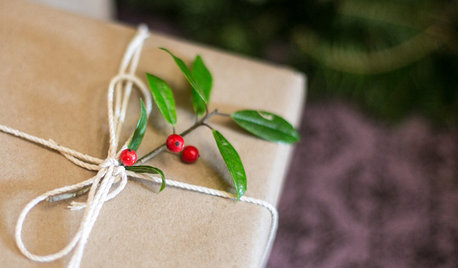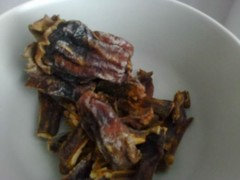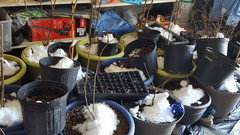Persimmon drying the traditional way.
Tony
11 years ago
Featured Answer
Sort by:Oldest
Comments (16)
creekweb
11 years agolucky_p
11 years agoRelated Professionals
Windham Landscape Architects & Landscape Designers · Jennings Landscape Architects & Landscape Designers · Peabody Landscape Contractors · Wakefield Landscape Contractors · Brandon Landscape Contractors · Elmhurst Landscape Contractors · Fairview Landscape Contractors · Goodlettsville Landscape Contractors · Hendersonville Landscape Contractors · Kahului Landscape Contractors · Kaysville Landscape Contractors · La Verne Landscape Contractors · Rochester Landscape Contractors · Round Lake Landscape Contractors · San Bruno Landscape ContractorsScott F Smith
11 years agocreekweb
11 years agoTony
11 years agolucky_p
11 years agoncvgarden
11 years agocousinfloyd
9 years agoindicente
8 years agoindicente
8 years agoTony
8 years agolast modified: 8 years agoindicente
8 years agoTony
8 years agolast modified: 8 years agoindicente
8 years agoindicente
8 years ago
Related Stories

FRUIT TREESHow to Grow Your Own Persimmons
Sturdy and easy to care for, these trees offer bright fruit through winter — and keeping them in bounds is no sweat
Full Story
CHRISTMASMake a Traditional Fresh Holiday Wreath the Easy Way
Even beginners can follow these simple steps, layering greenery and bright berries to create a beautiful holiday welcome
Full Story
DECORATING GUIDESHouzz Tour: Traditional Meets Transitional in a Townhouse
A Southern California couple downsizes, and their designer helps them push past traditional boundaries
Full Story
LANDSCAPE DESIGNGarden Walls: Dry-Stacked Stone Walls Keep Their Place in the Garden
See an ancient building technique that’s held stone walls together without mortar for centuries
Full Story
GARDENING GUIDESYes, You Can Grow an Edible Garden on a Hot, Dry Site
Difficult garden spots don’t need to deter you from planting trees, herbs and other delicious food plants
Full Story
KITCHEN DESIGNDish-Drying Racks That Don’t Hog Counter Space
Cleverly concealed in cabinets or mounted in or above the sink, these racks cut kitchen cleanup time without creating clutter
Full Story
GARDENING GUIDESGardening Solutions for Dry, Sandy Soils
Has your desert or beachy site withered your gardening creativity? Try these ideas for a beautiful, easy-care landscape
Full Story
REMODELING GUIDES11 Ways to Hurricane-Proof Your House
From smaller tasks you can do right now to bigger renovation projects, these strategies can help keep you high and dry at home
Full Story
ENTERTAININGA Place for Everything: Beautiful Ways to Style Your Table
Polish your silver and pull out your china as we look at how tables were laid out traditionally and how they shine now
Full Story
CHRISTMASGift Giving the Simple-ish Way
If buying holiday gifts drives you to the spiked holiday punch, try these easier but still rewarding traditions
Full StorySponsored
Your Custom Bath Designers & Remodelers in Columbus I 10X Best Houzz
More Discussions










TonyOriginal Author